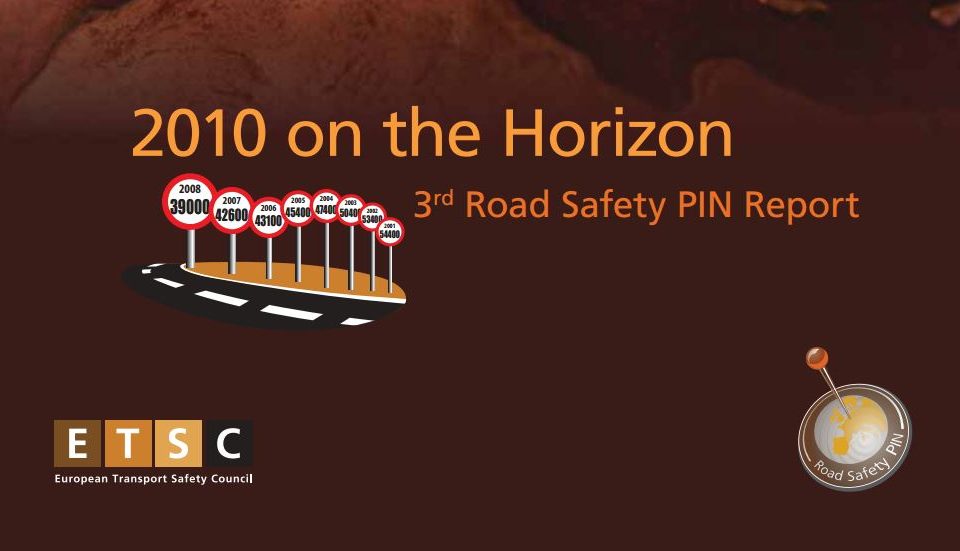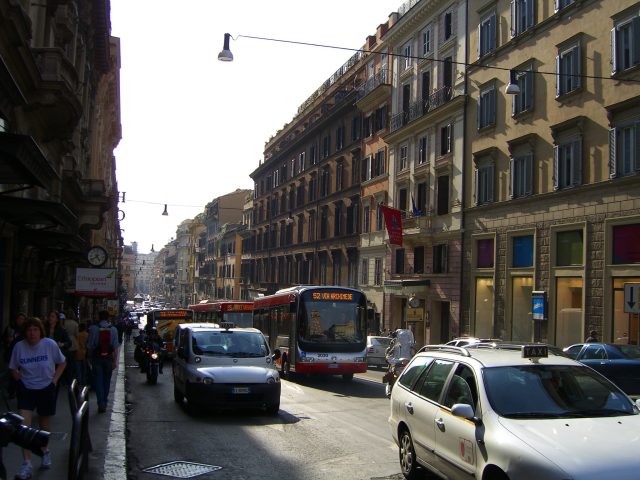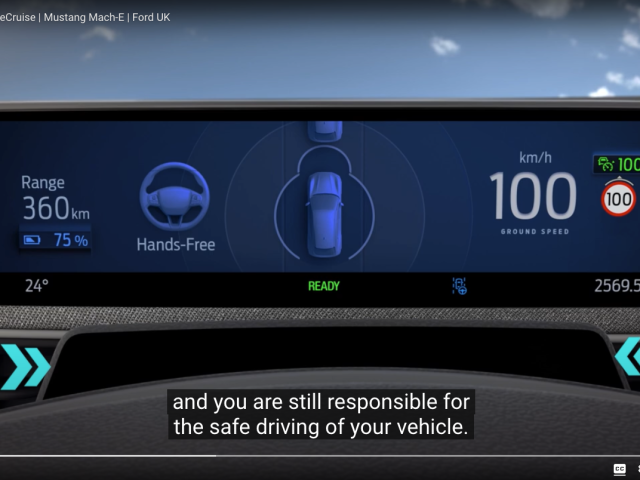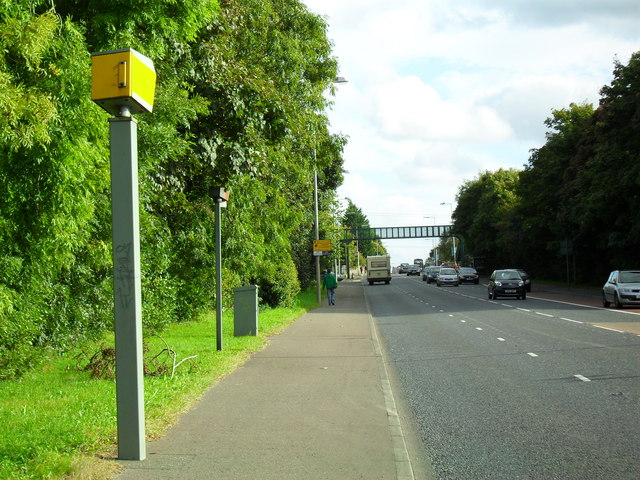
3rd Annual Road Safety Performance Index (PIN) Report
This 3rd PIN Report provides an overview of European countries’ performance in four areas of road safety. It builds on the 1st and 2nd Road Safety PIN Reports published in June 2007 and 2008 respectively. It shows how countries have progressed in reducing road deaths between 2001 and 2008 and how they perform in protecting a particular vulnerable group: children. It also gives an overview of the striking disparities in the market penetration of safe cars and outlines the role of European capitals as exemplars for other cities in reducing road mortality.
These rankings have been carried out during the third year of the Road Safety Performance Index (PIN) between September 2008 and April 2009. They cover 30 countries, all 27 Member States of the European Union, together with Israel, Norway and Switzerland.
Progress toward the target
The European Union has set itself the ambitious target of reducing the yearly number of road deaths by 50% by 2010 compared to 2001. Comparison of developments up to 2008 shows that some countries have reached reductions of more than 40%. Luxembourg (-49%), France (-48%) and Portugal (-47%) have progressed best and are well on track to reach the target ahead of 2010. Spain and Latvia are catching up with reduction of more than 43% for which they have been recognised with the “2009 Road Safety PIN Award”. Belgium with 38% resumed in 2008 the good progress it was making between 2001 and 2005. If Luxembourg, France, Portugal, Spain, Latvia and Belgium maintain their efforts, they might halve their numbers of deaths by 2010. All other countries have progressed to a lesser extent. In Romania and Bulgaria, the numbers of road deaths were higher in 2008 than in 2001.
After a particularly bad 2007, 2008 saw a promising decrease in road deaths by 8.5%. This has been the best year-to-year reduction since 2001. Estonia (-33%), Lithuania (-33%), Slovenia (-27%) and Latvia (-25%) achieved the best reductions in 2008 but still have some of the highest mortality rates in the EU. In 2008 for the fi rst time ever the EU10 achieved the same year-on-year percentage reduction in road deaths as the EU15.
Still 39,000 people lost their lives in road collisions in 2008; 15,400 less than in 2001 but still far from the 27,000 deaths limit which the EU set for itself in its Road Safety Target for 2010. The average annual progress since 2001 has been 4.4% instead of the 7.2% needed. This could delay the EU in reaching the 2010 target until 2017.
Boosting the market for safer cars
Constantly improving vehicle passive safety has helped to prevent some 10,600 car occupants from dying in road crashes in the EU over the past 10 years. Yet European citizens do not benefit equally from these improvements. Sweden, Ireland and Norway are the countries with the highest proportion – above 60% – of cars awarded 5-stars for occupant protection amongst new cars sold in 2008. In Portugal, Norway, Sweden and France, the proportion cars sold having 4 or 5 stars was highest at
over 90%. Occupant safety levels are notably lower in the new Member States than in the older EU-15 ones, with the exception of Slovenia.
Improvements in pedestrian protection have developed more slowly than for occupant protection. Still only 21% of the new cars sold in the EU are 3-star, 42% were 2-star and 29% only 1-star. Consumers in Southern, Central and Eastern European countries buy smaller cars, which provide better pedestrian protection, but less good occupant protection. Consumers in some Northern European countries, Germany or Switzerland, tend to buy larger cars, performing less well on pedestrian protection but providing better occupant protection.
Reducing child deaths
Some 18,500children aged up to 14 years have been killed in road collisions over the past ten years in the EU-27, around 1,200of them in 2007 alone. At least half of those deaths, 600, could have been avoided had the level of child road safety been the same across Europe as in Sweden, the best performing country in terms of road mortality of children (number of children killed on the roads per million child population). Nevertheless road mortality of children across the EU is only about one sixth of road mortality among people aged 15 or over.
Road safety of children has improved considerably in all 30 countries covered by PIN over the past decade. Portugal achieved the best annual average reduction in child road mortality of 15%, followed by France, Slovenia, Switzerland, Irelandand Belgium, all above 10%. In contrast, Bulgaria, Hungary, Italy, Czech Republic, Greece and Romania performed poorly with average annual reductions of less than 5%.
Capital cities as role models
At least 24,000 people were killed in road accidents in the EU-27 capitals over the past decade, but the yearly numbers are falling. Dublin, Lisbon and Oslo scored the best year-to-year reductions, of 9-12%, in the number of victims per 100,000 residents. While in general the risk of dying on the capital cities’ roads is half the risk of dying in a road collision in the rest of the country, vulnerable road users are particularly exposed to danger while using the capital cities’ roads. One out of two road victims in capitals is either a pedestrian or a cyclist. Providing safe mobility to vulnerable road users represents a major challenge – a challenge which has been taken up by authorities in a number of capitals, and particularly vigorously by some mayors.
Download







